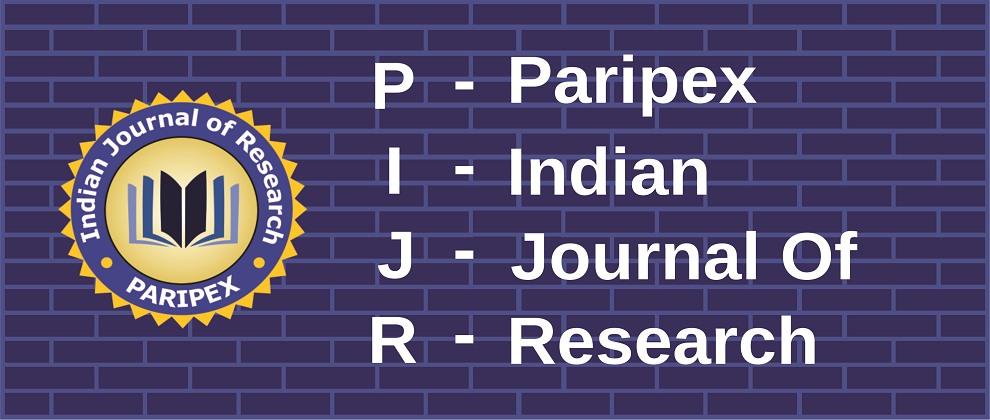Volume : VII, Issue : II, February - 2018
A Study To Highlight The Spectrum Of perforative peritonitis And Its Outcome In A Tertiary Rural Medical College
Sudhansu Sarkar, Chandrasekhar Prasad, Debraj Mukherjee
Abstract :
BACKGROUND:
Perforation peritonitis is a common surgical emergency encountered by the surgeons all over the world as well in rural Bengal. This study,a prospective observational study was conducted at B.S.M.C.H.,Bankura,West Bengal, designed to highlight the spectrum and etiology of perforation peritonitis in rural bengal and methods to improve its outcome.
METHODS:
The study includes hundred patients of perforation peritonitis studied in terms of clinical presentations, causes, site of perforation, surgical treatment, post operative complications and mortality, at BSMCH,Bankura within the period march 2016–june 2017. All patients were resuscitated and underwent emergency exploratory laparotomy.On laparotomy cause of perforation peritonitis was found and controlled.
RESULTS:
The most common cause of perforation peritonitis noticed in our series was acid peptic disease 64%, perforated duodenal ulcer (63%) and gastric ulcer (2%) followed by perforation due to acute appendicitis (24%), small bowel tuberculosis (6%) and typhoid (4%).Only one case of large bowel perforation was due to colonic carcinoma (1%).Highest number of perforations has seen in the duodenum 63%, appendix 24%, ileum10%, and stomach 2% and colon 1%. Overall mortality was (4%).
CONCLUSION:
The spectrum of perforation peritonitis in rural population continuously differs from urban population and western countries. Highest number of perforations noticed in the upper part of the gastrointestinal tract as compared to the western countries where the perforations seen mostly in the distal part.
Keywords :
:prospective observational study intestinal perforation peritonitis gastro–duodenal perforation
Article:
Download PDF
DOI : https://www.doi.org/10.36106/paripex
Cite This Article:
Sudhansu Sarkar, Chandrasekhar Prasad, Debraj Mukherjee, A Study To Highlight The Spectrum Of perforative peritonitis And Its Outcome In A Tertiary Rural Medical College, PARIPEX‾INDIAN JOURNAL OF RESEARCH : Volume-7 | Issue-2 | February-2018
Number of Downloads : 496
References :
Sudhansu Sarkar, Chandrasekhar Prasad, Debraj Mukherjee, A Study To Highlight The Spectrum Of perforative peritonitis And Its Outcome In A Tertiary Rural Medical College, PARIPEX‾INDIAN JOURNAL OF RESEARCH : Volume-7 | Issue-2 | February-2018


 MENU
MENU

 MENU
MENU


